Description
Propylene: The Unsung Hero Fueling Everyday Life
Propylene, also known as propene, might not be a household name like gasoline or natural gas, but this colorless gas is a foundational building block of modern life. Its versatility and widespread applications make it a crucial component in numerous industries, impacting everything from plastics to pharmaceuticals.
Essentially, propylene is an alkene – an unsaturated hydrocarbon containing a carbon-carbon double bond. This double bond is what gives it its reactivity and malleability, allowing it to be easily transformed into a variety of useful products. While a byproduct of refining crude oil and natural gas processing, propylene is increasingly being produced deliberately through dedicated processes to meet growing demand.
From Plastics to Fibers: The Power of Polymerization
The most significant use of propylene lies in the production of polypropylene (PP), a thermoplastic polymer with remarkable properties. PP is lightweight, strong, resistant to chemicals, and can be molded into practically any shape. This versatility makes it ideal for a vast range of applications, including:
- Packaging: From food containers and yogurt cups to bottle caps and heavy-duty industrial drums, PP provides a cost-effective and durable packaging solution.
- Textiles: Propylene is a key ingredient in polypropylene fibers used in carpets, upholstery, and even clothing. Its resistance to moisture and mildew makes it perfect for outdoor applications.
- Automotive: Car bumpers, interior trims, and battery casings are often made from PP due to its impact resistance and light weight, contributing to fuel efficiency.
- Household Goods: Toys, furniture, appliances, and countless other household items rely on the durability and affordability of PP.
- Medical: Syringes, medical tubing, and other disposable medical devices often utilize PP due to its biocompatibility and ability to withstand sterilization.
Beyond Plastics: A Versatile Chemical Intermediate
Beyond PP, propylene serves as a crucial intermediate in the production of other important chemicals, including:
- Acrylonitrile: Used in the production of acrylic fibers, resins, and elastomers.
- Propylene Oxide: A precursor to polyether polyols, used in the manufacture of polyurethane foams found in furniture, insulation, and automotive components.
- Cumene: Used to produce phenol and acetone, both vital chemicals in the manufacturing of resins, plastics, and solvents.
- Acrylic Acid: Used in the production of superabsorbent polymers found in diapers and feminine hygiene products.
The Future of Propylene
The demand for propylene is expected to continue growing, driven by the increasing global demand for plastics and other propylene-derived products. As such, research and development are focused on improving propylene production efficiency and exploring alternative feedstock sources.
Challenges and Considerations
While propylene offers significant benefits, there are also challenges to consider:
- Environmental Impact: The production of propylene, particularly from fossil fuels, can contribute to greenhouse gas emissions. Efforts are underway to develop more sustainable production methods, such as using bio-based feedstocks.
- Market Volatility: Propylene prices can fluctuate significantly based on supply and demand dynamics, impacting the profitability of downstream industries.
Conclusion
Propylene is a vital, often overlooked, component of modern life. Its transformative capabilities and widespread applications in plastics, fibers, chemicals, and countless other products make it indispensable to numerous industries. While challenges remain in terms of sustainability and market volatility, ongoing innovation and a commitment to responsible production practices will ensure that propylene continues to play a crucial role in shaping the future. So, the next time you use a plastic container or sit on a polypropylene chair, remember the power of propylene – the unsung hero fueling everyday life.


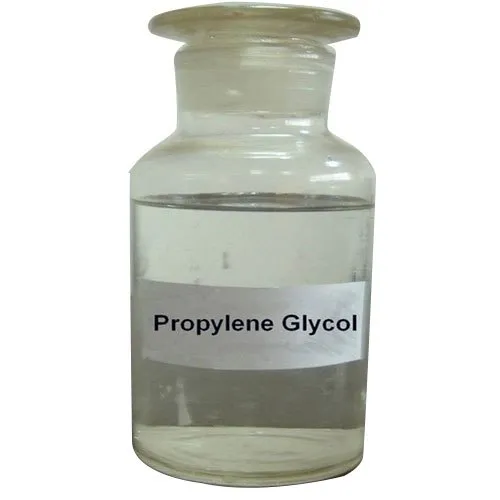



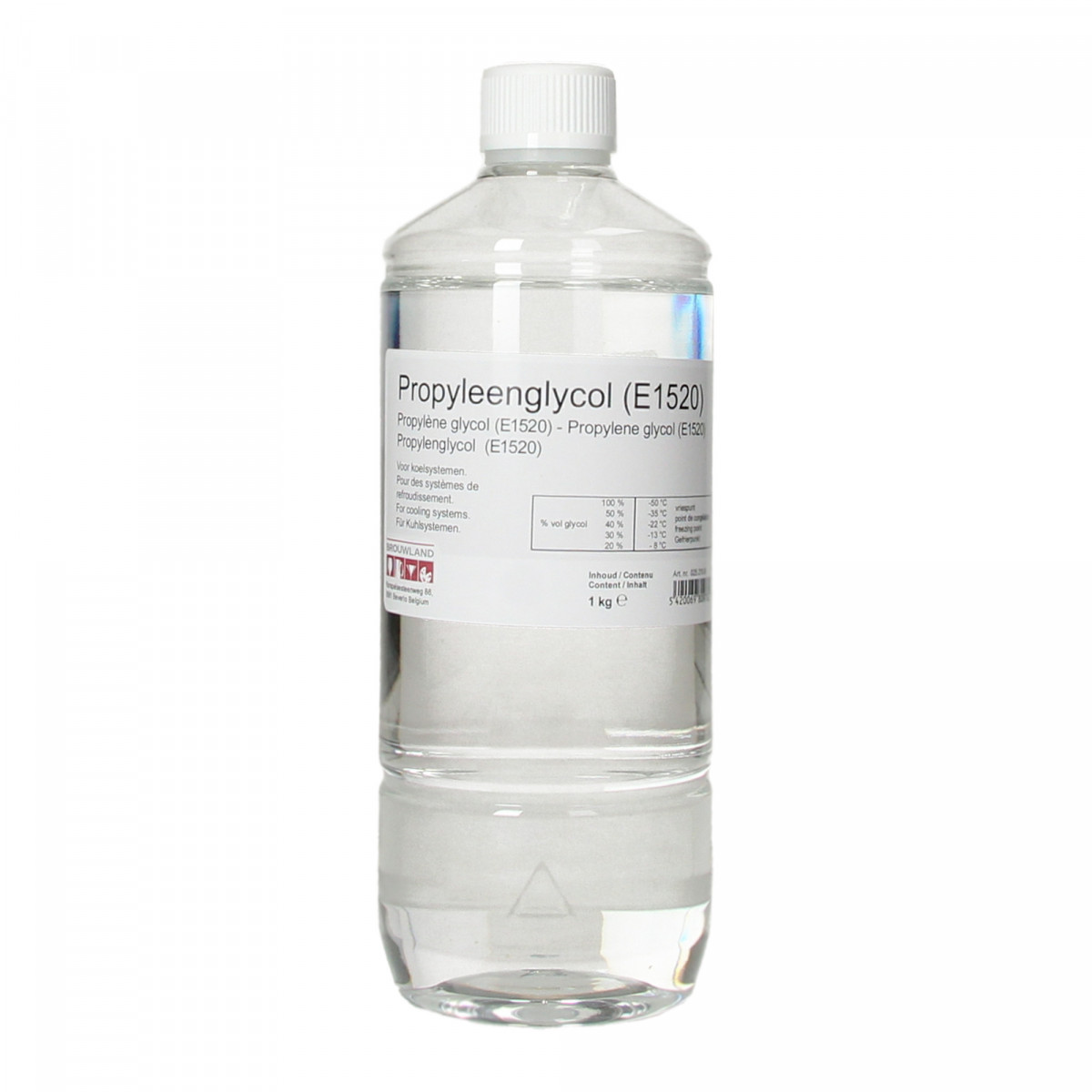
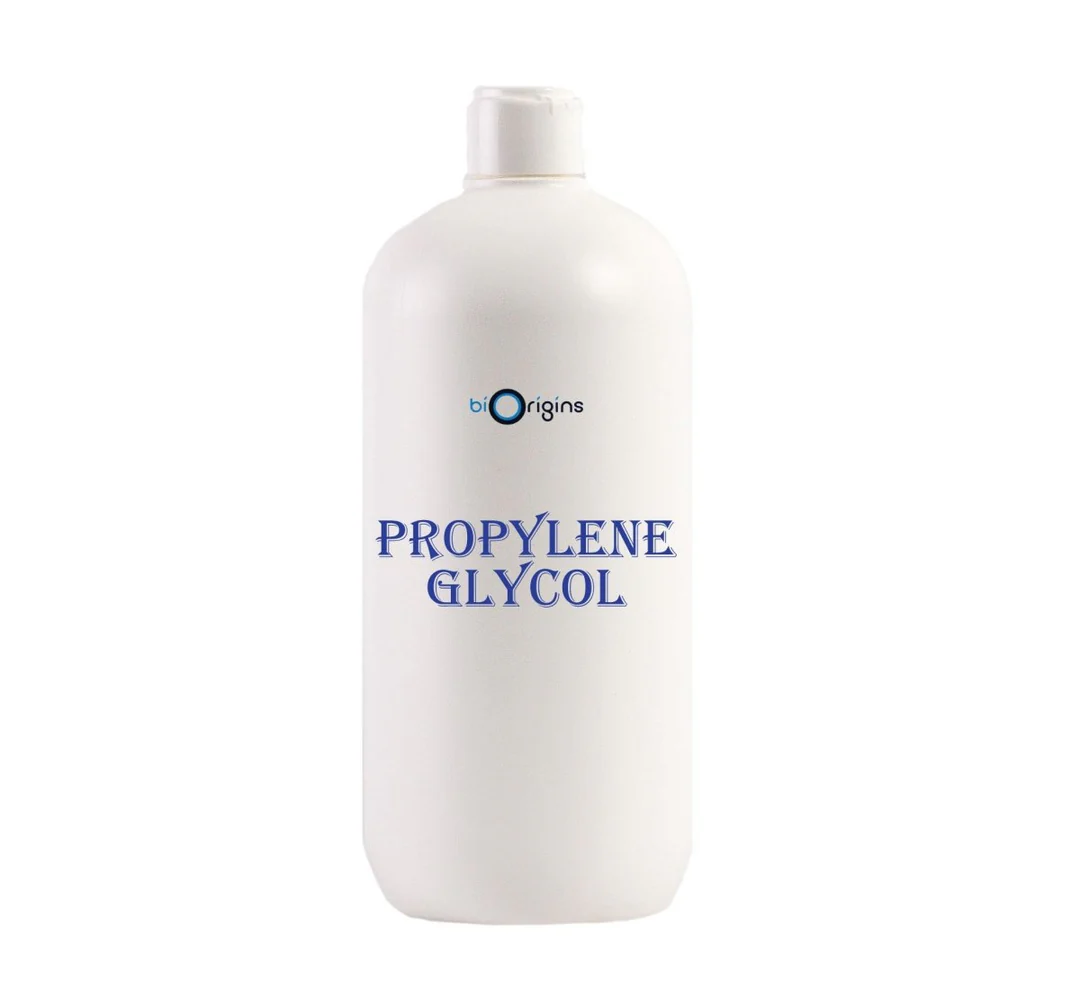

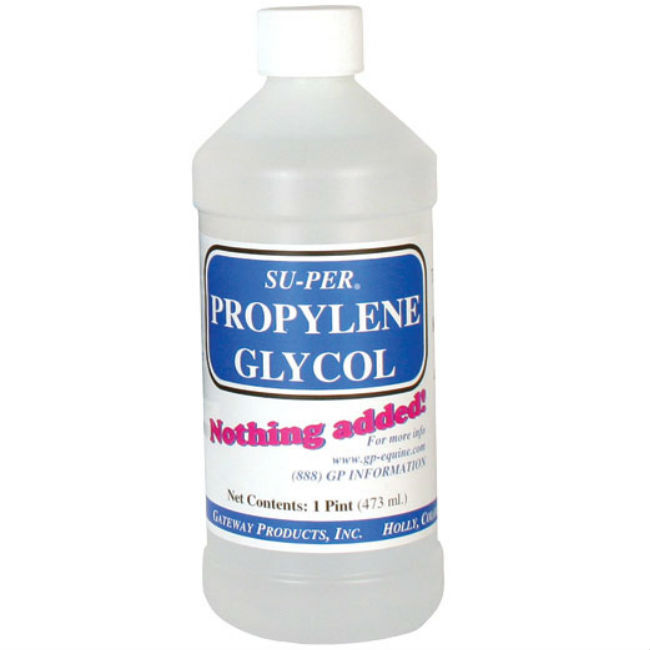


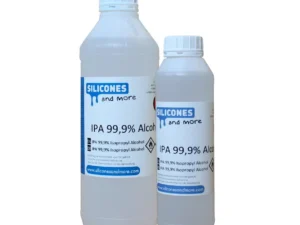
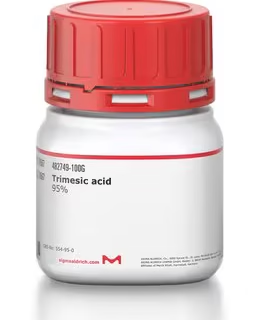


Reviews
There are no reviews yet.